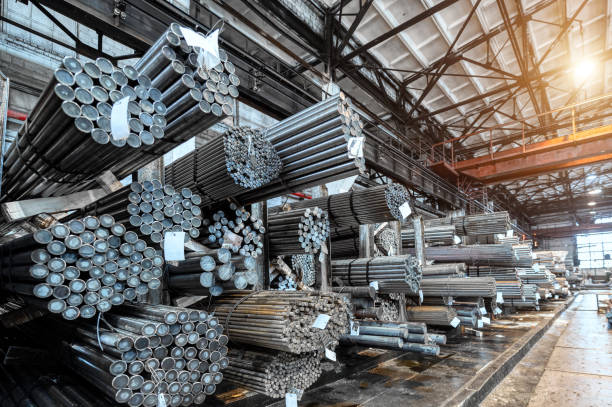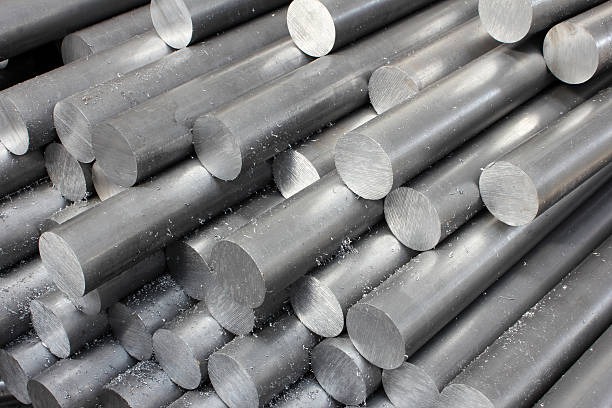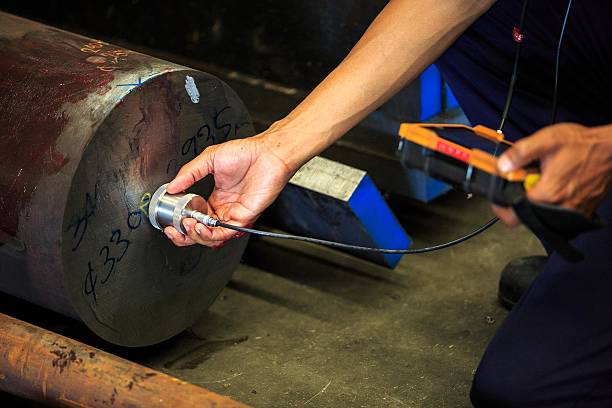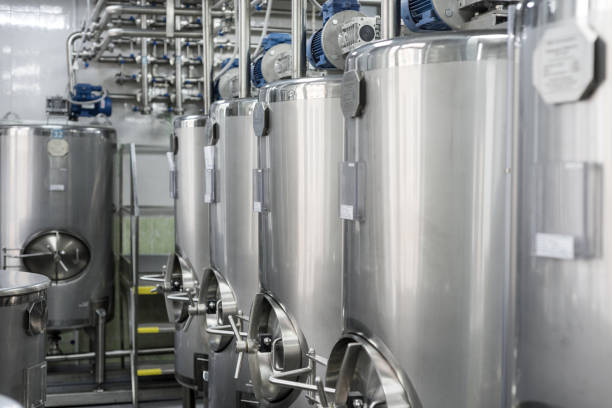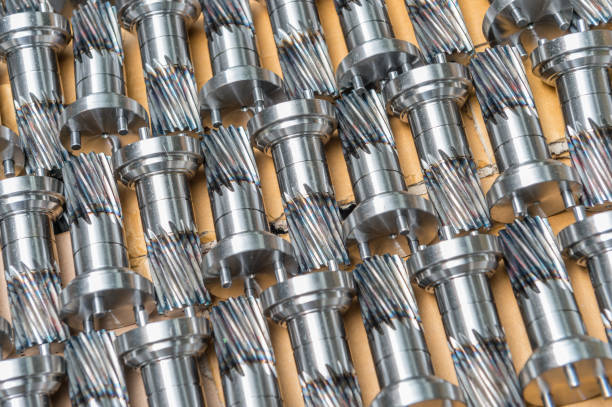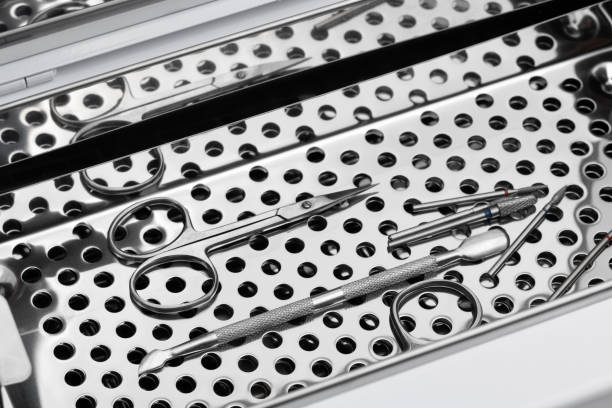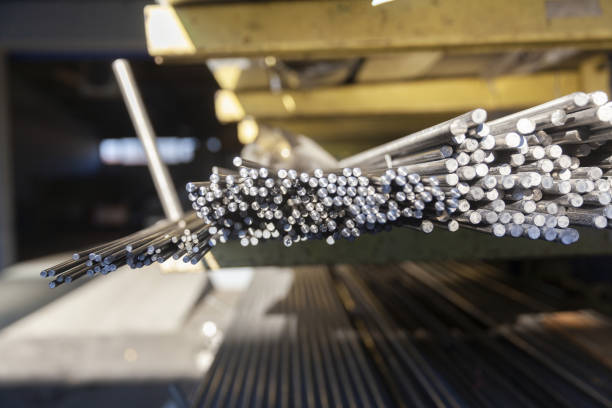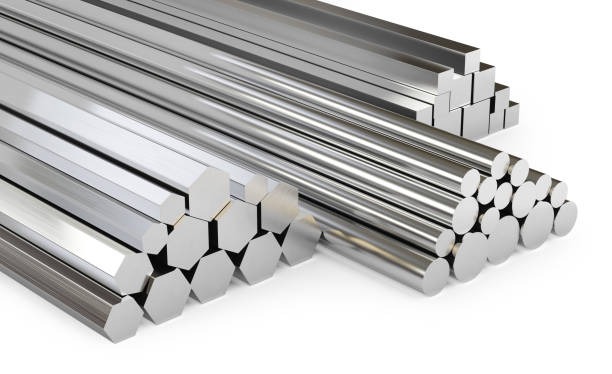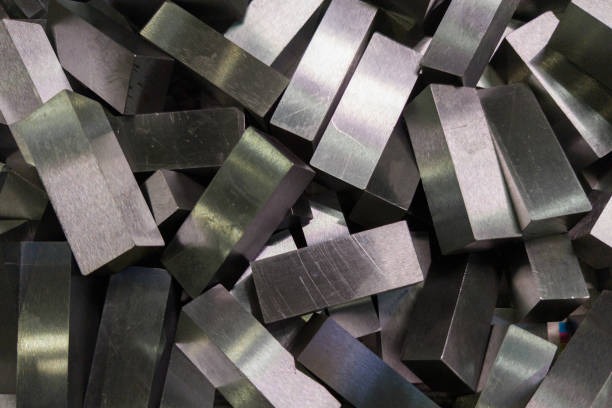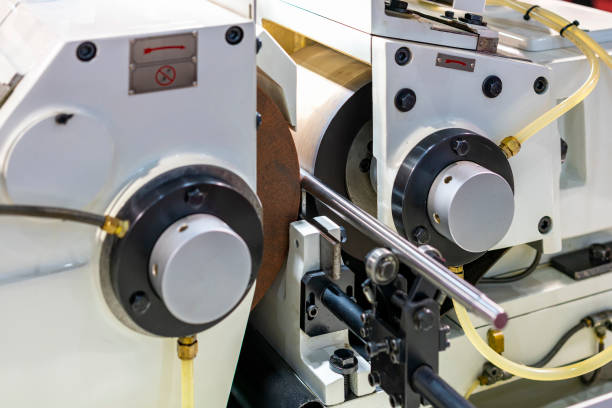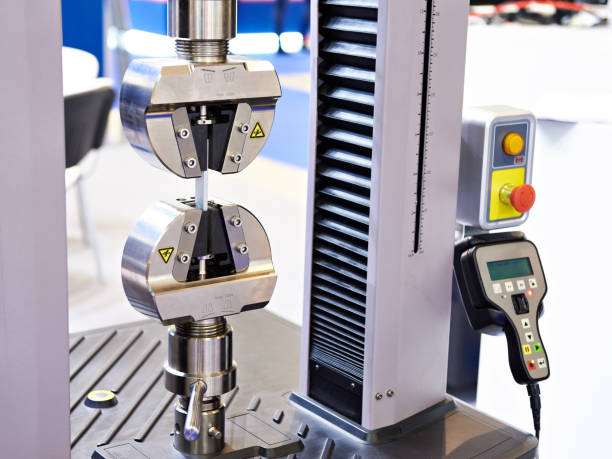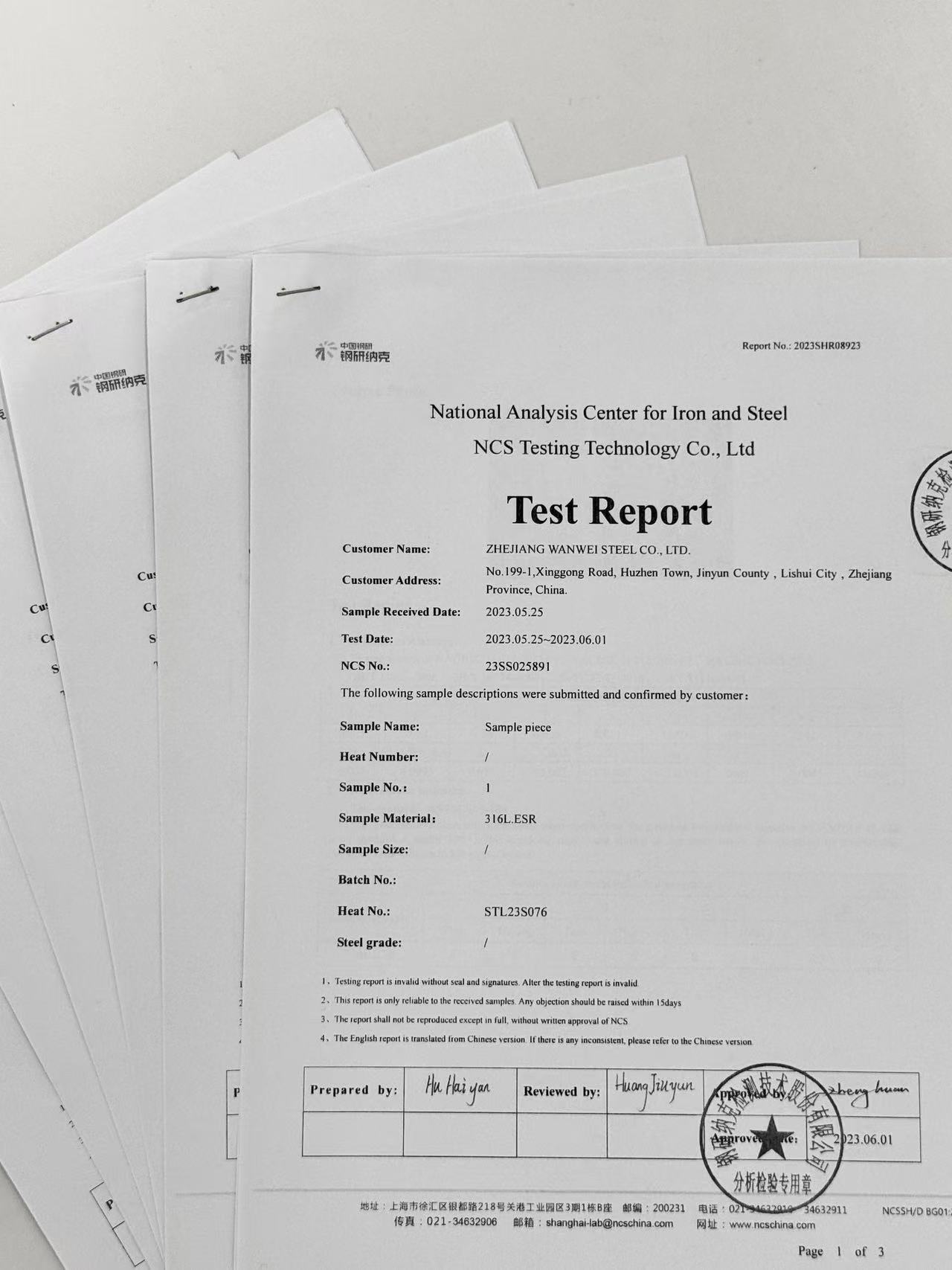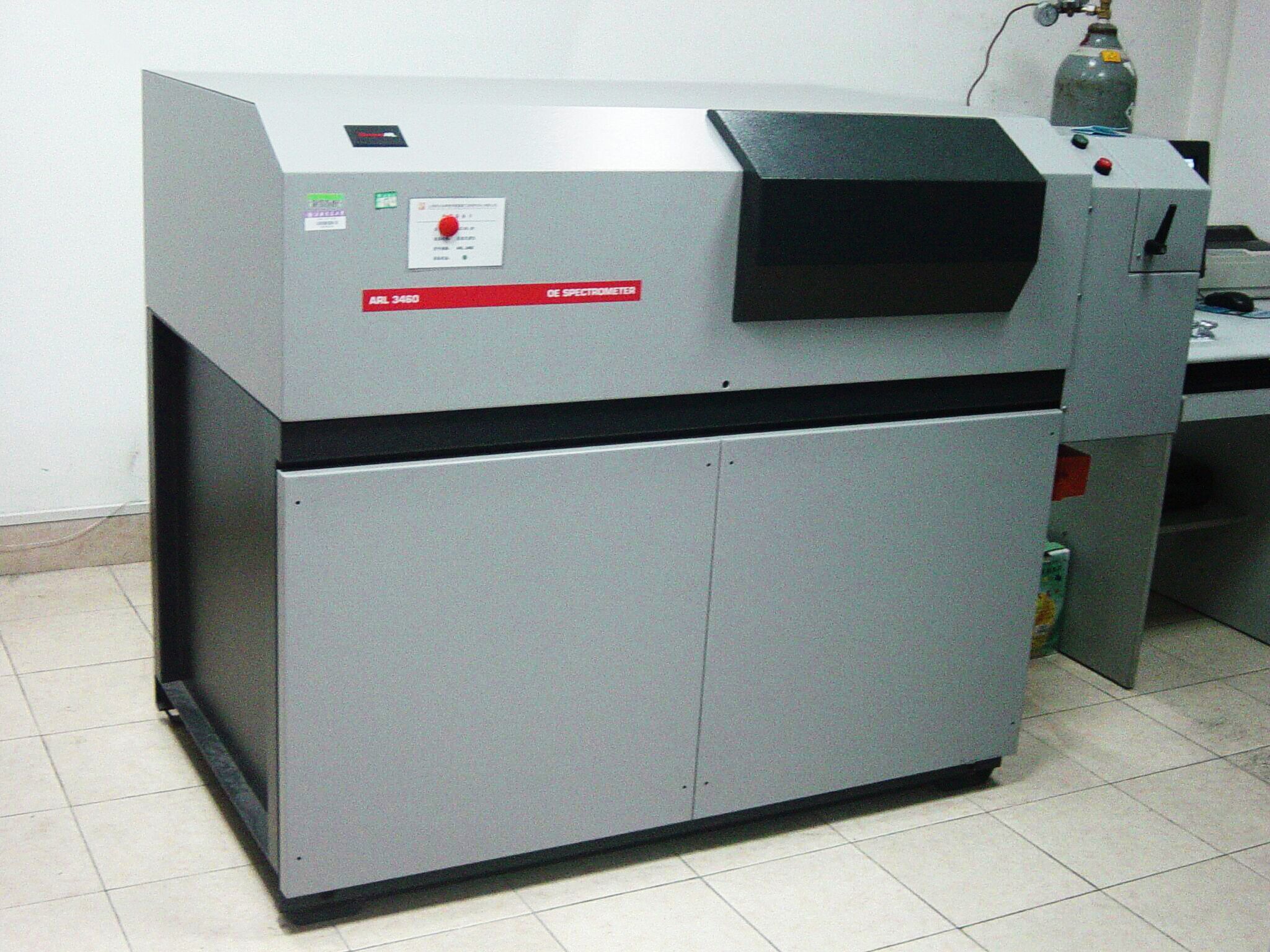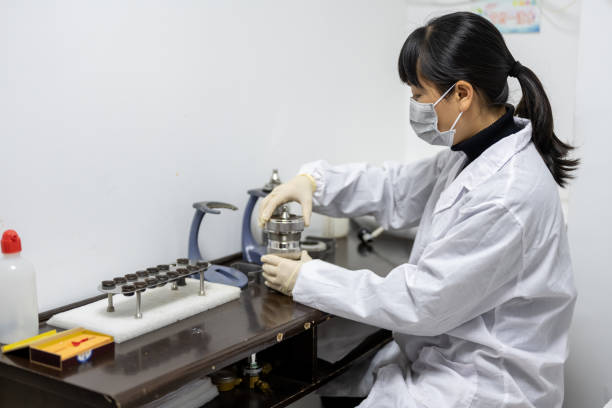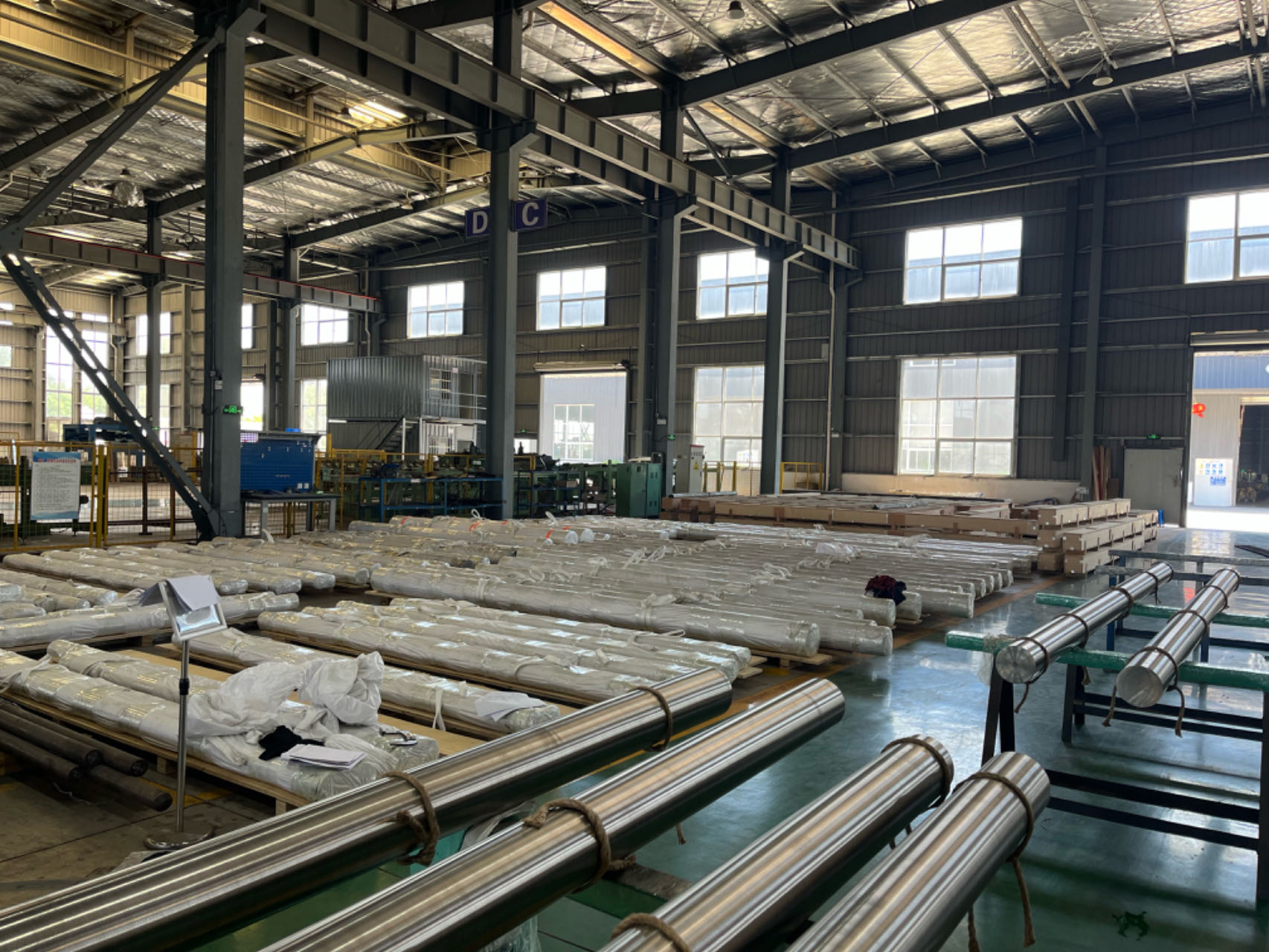Choosing the right stainless steel is critical to ensure product durability. Missteps can result in failures or unnecessary costs.
Choosing the right stainless steel involves understanding its types (austenitic, ferritic, martensitic, duplex) and grades (304, 316, etc.). Consider corrosion resistance, strength, temperature tolerance, and specific application needs to make an informed decision.
Let’s explore the types, grades, and factors to identify the perfect fit for your application.
What are the four types of stainless steel?
Stainless steel offers unique properties, but choosing the wrong type can compromise performance.
There are four main types of stainless steel,each has distinct characteristics and applications.
Breaking Down the Four Types
| Type | Key Characteristics | Common Uses |
|---|---|---|
| Austenitic | High corrosion resistance, non-magnetic, weldable | Kitchenware, pipes, tanks |
| Ferritic | Magnetic, moderate corrosion resistance | Automotive, appliances |
| Martensitic | High strength, moderate corrosion resistance | Cutlery, surgical tools |
| Duplex | Combines austenitic and ferritic properties | Offshore, chemical plants |
Austenitic steels dominate due to their versatility. Ferritic and martensitic types serve more specialized purposes. Duplex steels offer a balance for high-performance needs.
What‘s the most ordinary stainless steel grade?
Common grades simplify selection, but understanding their properties and applications is essential.
Stainless steel grades are categorized based on their composition and the type of stainless steel they belong to. Here are some of the most commonly used grades, their types, and typical applications:
Common Stainless Steel Grades and Their Uses
| Grade | Type | Composition Highlights | Key Properties | Common Applications |
|---|---|---|---|---|
| 304 | Austenitic | 18% Chromium, 8% Nickel | Excellent corrosion resistance, versatile | Kitchenware, food processing equipment, pipelines |
| 316 | Austenitic | 16% Chromium, 10% Nickel, 2% Molybdenum | Superior resistance to chlorides and acids | Marine equipment, chemical plants, medical instruments |
| 430 | Ferritic | 17% Chromium, low Nickel | Good corrosion resistance, magnetic | Automotive trim, appliances, decorative panels |
| 409 | Ferritic | 10.5% Chromium, low Nickel | Affordable, good heat resistance | Automotive exhaust systems, construction materials |
| 410 | Martensitic | 12% Chromium, low Nickel | High strength, moderate corrosion resistance | Cutlery, valves, surgical tools |
| 2205 | Duplex | 22% Chromium, 5% Nickel, 3% Molybdenum | High strength, excellent corrosion resistance | Oil and gas pipelines, chemical processing, structural components |
| 201 | Austenitic | Lower Nickel, higher Manganese | Cost-effective, decent corrosion resistance | Lightweight structures, utensils, decoration |
Key Insights
- Austenitic grades (e.g., 304, 316, 201) dominate due to their superior corrosion resistance and versatility. They are non-magnetic and easy to work with.
- Ferritic grades (e.g., 430, 409) offer cost-effective options with moderate corrosion resistance. They are magnetic and often used in applications requiring a polished finish.
- Martensitic grades (e.g., 410) provide strength and wear resistance but are less corrosion-resistant.
- Duplex grades (e.g., 2205) are high-performance options that combine the strengths of austenitic and ferritic types, suitable for demanding environments.
Understanding these grades helps in selecting the right stainless steel for specific needs, balancing performance and cost.
How do I choose stainless steel grade?
Making the right choice depends on understanding application-specific needs.
Identify the environment, mechanical stress, and aesthetic requirements. Align these factors with the properties of various stainless steel grades.
Steps to Grade Selection
- Assess the Environment: Consider exposure to moisture, chemicals, or salt.
- Determine Mechanical Needs: Factor in tensile strength, ductility, or wear resistance.
- Evaluate Cost Constraints: Higher grades may require larger investments.
Expanded Examples for Grade Selection
1. Assess the Environment
Environmental factors significantly affect the grade choice. Here are some specific examples:
| Environmental Factor | Example Condition | Recommended Grade | Reason |
|---|---|---|---|
| High humidity or freshwater | Indoor plumbing, sinks | 304 | Excellent general corrosion resistance |
| Saltwater or marine exposure | Coastal areas, marine hardware | 316 | Superior resistance to chlorides |
| High chemical exposure | Chemical plants, acid storage tanks | 316 or 2205 (Duplex) | Molybdenum content ensures durability |
| High temperatures | Furnace parts, heat exchangers | 310 | Excellent oxidation resistance at high temperatures |
Example: For a chemical storage tank exposed to acids, 316 or duplex stainless steel like 2205 would ensure better performance compared to 304, which could corrode over time.
2. Determine Mechanical Needs
Mechanical requirements vary by application. Examples include:
| Mechanical Requirement | Application Example | Recommended Grade | Reason |
|---|---|---|---|
| High tensile strength | Construction, structural beams | 2205 (Duplex) | Combines strength and corrosion resistance |
| High hardness | Blades, surgical tools | 410 or 440C | Martensitic grades ensure durability |
| Flexibility/Ductility | Automotive parts, pipes | 304 or 316 | Easily formed and welded |
| Abrasion resistance | Industrial equipment, conveyors | 420 or 430 | High hardness ensures wear resistance |
Example: For a cutting tool, 410 stainless steel is ideal due to its strength and hardness, while 2205 may suit structural beams for its balance of strength and corrosion resistance.
3. Evaluate Cost Constraints
Cost considerations are crucial for balancing performance and budget. Examples include:
| Budget Constraints | Application Example | Recommended Grade | Reason |
|---|---|---|---|
| Budget-friendly | Decorative panels, light-duty items | 201 or 430 | Cost-effective options with moderate performance |
| Mid-range budget | Food-grade containers, utensils | 304 | Affordable with high corrosion resistance |
| High-end performance need | Marine, medical, or chemical uses | 316 or Duplex | Premium cost but ensures durability |
Example: For light-duty items like decorative panels, 201 stainless steel can save costs while maintaining adequate performance. However, for surgical instruments, the higher expense of 316 ensures long-term reliability.
By aligning these specific environmental, mechanical, and budget requirements, you can confidently select the most suitable stainless steel grade for your application.
What are the factors that matter in choosing stainless steel?
Overlooking key factors can lead to poor outcomes or higher costs.
Key considerations include corrosion resistance, temperature tolerance, mechanical properties, and surface finish requirements.
Key Factors
1. Corrosion Resistance
Higher chromium and molybdenum contents enhance resistance. This is critical for coastal or chemical environments.
Example:
For a bridge railing near the sea, constant exposure to salt spray would make 316 stainless steel the ideal choice. The molybdenum content provides superior resistance to chloride corrosion compared to 304, which might show signs of pitting over time.
2. Temperature Tolerance
High-heat applications, like furnace components, demand grades resistant to scaling and oxidation.
Example:
In a power plant’s heat exchanger, temperatures often exceed 1000°C. A high-temperature-resistant grade like 310 stainless steel is essential. Its higher chromium and nickel content prevents scaling and ensures performance under prolonged heat exposure.
3. Mechanical Properties
Mechanical properties, such as tensile strength and hardness, dictate the steel’s suitability for certain applications.
Example:
For a hydraulic press that requires components to withstand significant wear and stress, 410 stainless steel is a great option. Its martensitic structure provides high strength and wear resistance, which are vital under mechanical stress.
4. Surface Finish
Polished or brushed finishes can impact performance in aesthetic or hygiene-sensitive uses.
Example:
In a commercial kitchen, polished 304 stainless steel is often used for countertops and sinks. The smooth surface ensures easy cleaning and hygiene maintenance, making it ideal for environments requiring strict sanitation.
By understanding and applying these factors, you can make informed decisions about which stainless steel grade will best suit your specific needs.
Is 304 or 316 stainless steel better?
Choosing between 304 and 316 often depends on specific needs.
304 is a general-purpose grade, while 316 is suited for harsher conditions due to its molybdenum content, which enhances its corrosion resistance.
Comparing 304 and 316
Both 304 and 316 are austenitic stainless steels, which means they share similar structural properties, but they differ in chemical composition, mechanical performance, and resistance to corrosion. Below is a detailed comparison of these two popular grades:
| Property | 304 Stainless Steel | 316 Stainless Steel |
|---|---|---|
| Chemical Composition | 18% Chromium, 8% Nickel | 16% Chromium, 10% Nickel, 2% Molybdenum |
| Corrosion Resistance | Good, resistant to most environments | Superior, especially resistant to chlorides and acidic environments |
| Tensile Strength | 515 MPa (min) | 515 MPa (min) |
| Yield Strength | 205 MPa (min) | 205 MPa (min) |
| Elongation (in 50mm) | 40% | 40% |
| Hardness (HRB) | 90 HRB (max) | 90 HRB (max) |
| Temperature Tolerance | Up to 870°C | Up to 870°C |
| Cost | More affordable | Higher, due to molybdenum content |
| Magnetic Properties | Non-magnetic | Non-magnetic |
| Common Applications | Kitchen equipment, food processing, storage tanks | Marine environments, chemical processing, medical devices |
| Weldability | Excellent, can be welded with ease | Excellent, but may require special care during welding |
| Formability | Excellent, easy to fabricate | Excellent, but more challenging to form in some cases |
Similarities Between 304 and 316
- Type of Stainless Steel: Both 304 and 316 belong to the austenitic family, which means they share similar properties like non-magnetic behavior, good weldability, and high formability.
- Tensile Strength: Both grades have the same minimum tensile strength of 515 MPa, making them equally strong for most general applications.
- Temperature Resistance: Both can withstand temperatures up to 870°C, making them suitable for high-heat environments.
Key Differences Between 304 and 316
-
Corrosion Resistance:
The biggest difference between the two is in corrosion resistance. 316 contains 2% molybdenum, which significantly improves resistance to chloride corrosion, making it more suitable for harsh, marine, or chemical environments. In contrast, 304 is still resistant to most corrosion, but it is more susceptible to pitting and crevice corrosion in chloride-rich environments (e.g., coastal areas, marine environments). -
Cost:
316 is more expensive than 304 due to the addition of molybdenum and the more complex production process. -
Applications:
304 is ideal for a wide range of general applications, such as kitchen appliances, food processing equipment, and storage tanks. On the other hand, 316 is more suited for specific, high-demand applications like medical devices, marine hardware, and chemical processing equipment.
When to Choose 304 Stainless Steel
You should consider 304 stainless steel when:
- The environment is not highly corrosive, such as indoor, general-purpose applications.
- You need a more cost-effective material.
- Applications such as kitchen equipment, food processing, and industrial tanks where exposure to harsh chemicals or saltwater is limited.
Example: 304 is the ideal choice for kitchen countertops, kitchenware, and food processing equipment, where its durability and good corrosion resistance are sufficient, but cost is a key consideration.
When to Choose 316 Stainless Steel
Opt for 316 stainless steel when:
- You are working in environments exposed to chloride or saltwater (marine, coastal areas).
- The application requires the highest level of corrosion resistance.
- You need to ensure long-lasting performance in highly corrosive environments, such as chemical processing, pharmaceutical manufacturing, and medical applications.
Example: 316 is the preferred choice for marine equipment, surgical instruments, and chemical tanks, where long-term durability against saltwater and corrosive chemicals is critical.
By understanding the differences in chemical composition, mechanical properties, and corrosion resistance, you can make an informed decision on which grade to select for your specific needs. For general-purpose use in less demanding environments, 304 is a cost-effective and versatile option. However, if you’re working with more extreme conditions, 316 offers superior protection, making it worth the investment.
How can you tell if stainless steel is high quality?
High-quality stainless steel ensures long-term reliability and cost-efficiency.
Look for consistent finish, non-magnetic properties in austenitic grades, and certifications like ASTM standards.
Identifying Quality in Stainless Steel
Ensuring the quality of stainless steel is crucial for the durability and performance of the finished product. Here are some advanced ways to identify high-quality stainless steel:
1. Surface Inspection
The surface finish can reveal a lot about the quality of the stainless steel. Key points to check include:
- Uniformity: A high-quality stainless steel sheet or bar should have a smooth, uniform finish, free from scratches, dents, or imperfections.
- No Surface Defects: Surface defects such as pitting, discoloration, or rough patches often indicate inferior manufacturing or exposure to corrosive conditions.
- Cleanliness: Stainless steel should have a clean surface, with no visible contaminants or oil residues. These can lead to premature corrosion.
Example: When inspecting a stainless steel sheet for kitchen use, a high-quality sheet should have a consistent polish without visible fingerprints, rust spots, or dull areas, which might indicate poor handling or lower quality.
2. Mechanical Properties Test
Mechanical tests are vital in determining the structural integrity and reliability of stainless steel. Key tests include:
- Tensile Strength Test: This test determines the ability of stainless steel to withstand stress without breaking. For example, 304 stainless steel typically has a minimum tensile strength of 515 MPa.
- Yield Strength Test: The yield strength measures how much stress a material can withstand before it starts to deform permanently. High-quality stainless steel will pass yield strength tests with results that meet the specifications for the specific grade.
- Hardness Test: This test measures the material’s resistance to wear and abrasion. For instance, 304 stainless steel generally has a Rockwell B hardness of 90 HRB, while 316 may be slightly higher due to its additional molybdenum content.
Example: If you're sourcing stainless steel for automotive use, ensuring that it passes tensile and yield strength tests will guarantee the steel can endure high mechanical stress without failure.
3. Certifications and Testing
Certifications are essential to verify the quality of stainless steel and ensure it meets industry standards. Look for:
- ASTM Standards: Check if the material adheres to ASTM specifications (e.g., ASTM A240 for stainless steel plates). These standards provide guidance on material properties, performance, and testing procedures.
- ISO Certifications: An ISO-certified manufacturer ensures consistency in production and adherence to international quality standards.
- Third-Party Lab Testing: High-quality stainless steel should come with test reports from independent third-party labs. These tests typically include chemical composition analysis, corrosion resistance testing, and mechanical property tests.
Wanwei guarantee to test each lot of the material by third-Party Lab and will share the tesing report.
Example: If you are purchasing stainless steel for a critical project, requesting a certificate of analysis (CoA) or test reports from a third-party lab can give you confidence that the material meets the required standards.
4. Chemical Analysis
To verify the authenticity of a particular stainless steel grade, chemical analysis is key. Ensuring the composition aligns with the stated grade helps avoid problems down the line:
- X-ray Fluorescence (XRF) Analysis: This technique is used to determine the exact chemical composition of stainless steel. It is an effective way to ensure that the steel contains the right proportions of chromium, nickel, and other key elements.
- Metal Spectrometry: Metal spectrometry methods can give a more detailed breakdown of trace elements in the steel, ensuring there are no impurities that could compromise quality.
Example: If you’re selecting 316 stainless steel for a marine project, the molybdenum content should be around 2% to ensure superior corrosion resistance. Conducting a chemical analysis ensures that the product meets this requirement.
5. Corrosion Resistance Testing
Corrosion resistance is one of the most important characteristics of stainless steel, especially for harsh environments such as marine or chemical exposure. Methods include:
- Salt Spray Test: This test exposes stainless steel to a controlled environment where it is sprayed with a saline solution to simulate saltwater exposure. It helps assess the material's ability to resist corrosion under aggressive conditions.
- Pitting Resistance Test (PREN): The PREN value is calculated based on the chromium, molybdenum, and nitrogen content of the stainless steel. The higher the PREN value, the more resistant the steel is to pitting corrosion.
Example: If you’re sourcing stainless steel for chemical processing tanks, conducting salt spray testing or assessing the PREN value will help ensure the material resists pitting and other types of corrosion.
Partnering with a Trusted Supplier
When sourcing high-quality stainless steel, partnering with a trusted supplier is essential to ensure the reliability of the material. At WanWei, we take pride in delivering premium stainless steel products backed by comprehensive testing and certification. With years of experience in the global market, we provide our clients with stainless steel that meets stringent standards, ensuring top-tier performance and longevity.
Our team is dedicated to offering timely delivery, high-quality materials, and unmatched customer service. With strict quality control protocols, including third-party lab testing, pre-shipment inspections, and detailed product certificates, we guarantee that you receive only the best products for your needs. Whether you're in need of stainless steel for industrial equipment or food processing, we are committed to supporting your business with reliable, cost-effective solutions.
Example: A customer like Sanghvi, who operates in diverse international markets and requires both quality assurance and competitive pricing, finds that partnering with WanWei offers peace of mind with every shipment. From seamless transactions to quality guarantees, we make sure that every aspect of your order is carefully managed.
By choosing WanWei as your stainless steel supplier, you can rest assured that our dedication to quality and customer satisfaction will help you make the right material choices for your business.
Conclusion
-
Selecting the right stainless steel is crucial for ensuring both performance and longevity in your applications. By understanding the differences in grades, such as 304 and 316, and considering key factors like corrosion resistance, mechanical properties, and cost constraints, you can make an informed choice.
-
High-quality stainless steel requires careful inspection, including surface quality, mechanical tests, certifications, and chemical analysis. Partnering with a trusted supplier like WanWei, ensures that you receive only the best materials, backed by rigorous quality control and reliable testing.
-
In summary, the right choice of stainless steel not only enhances the durability of your product but also optimizes cost-efficiency, making it a critical decision for the success of your business.

